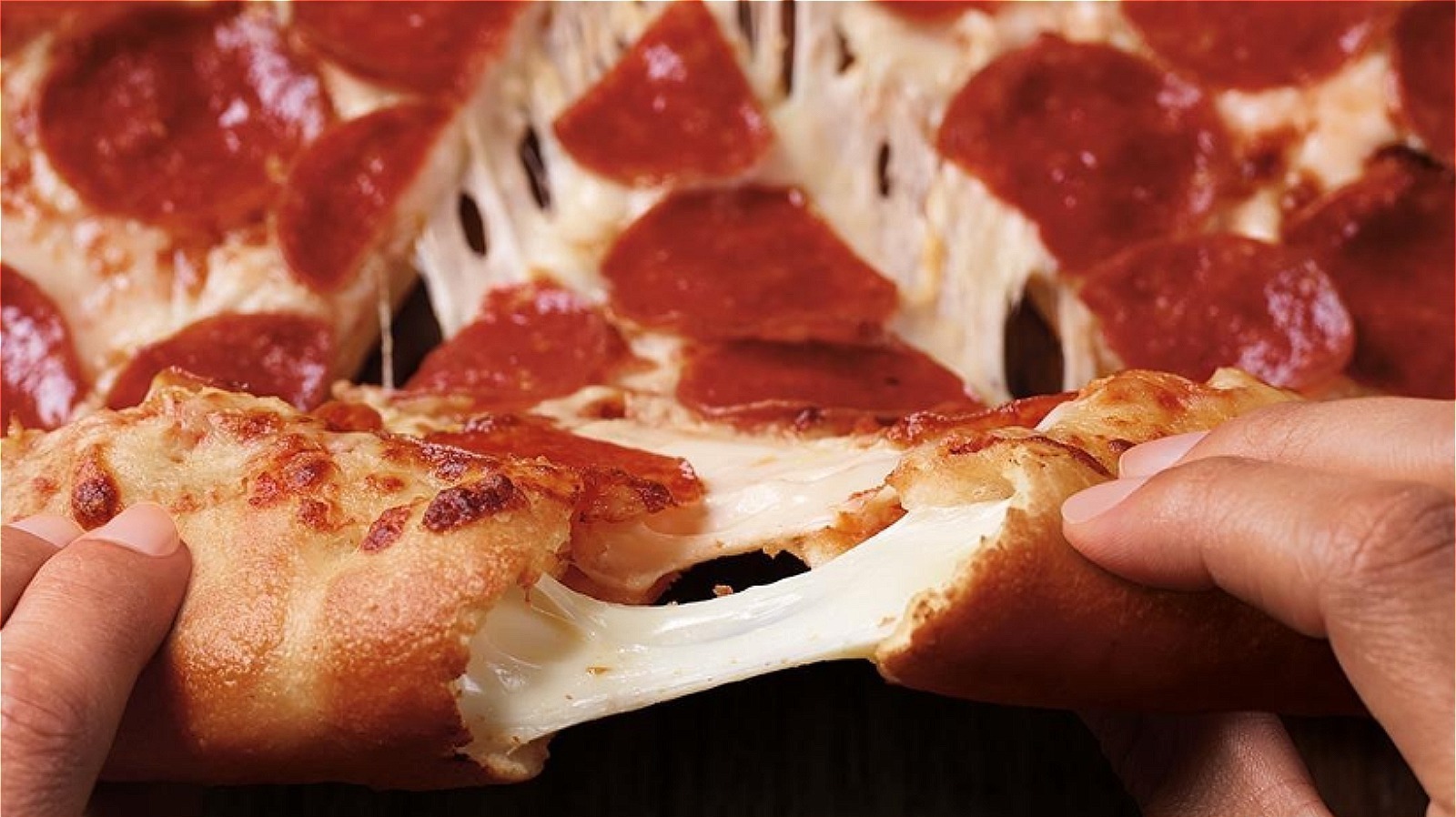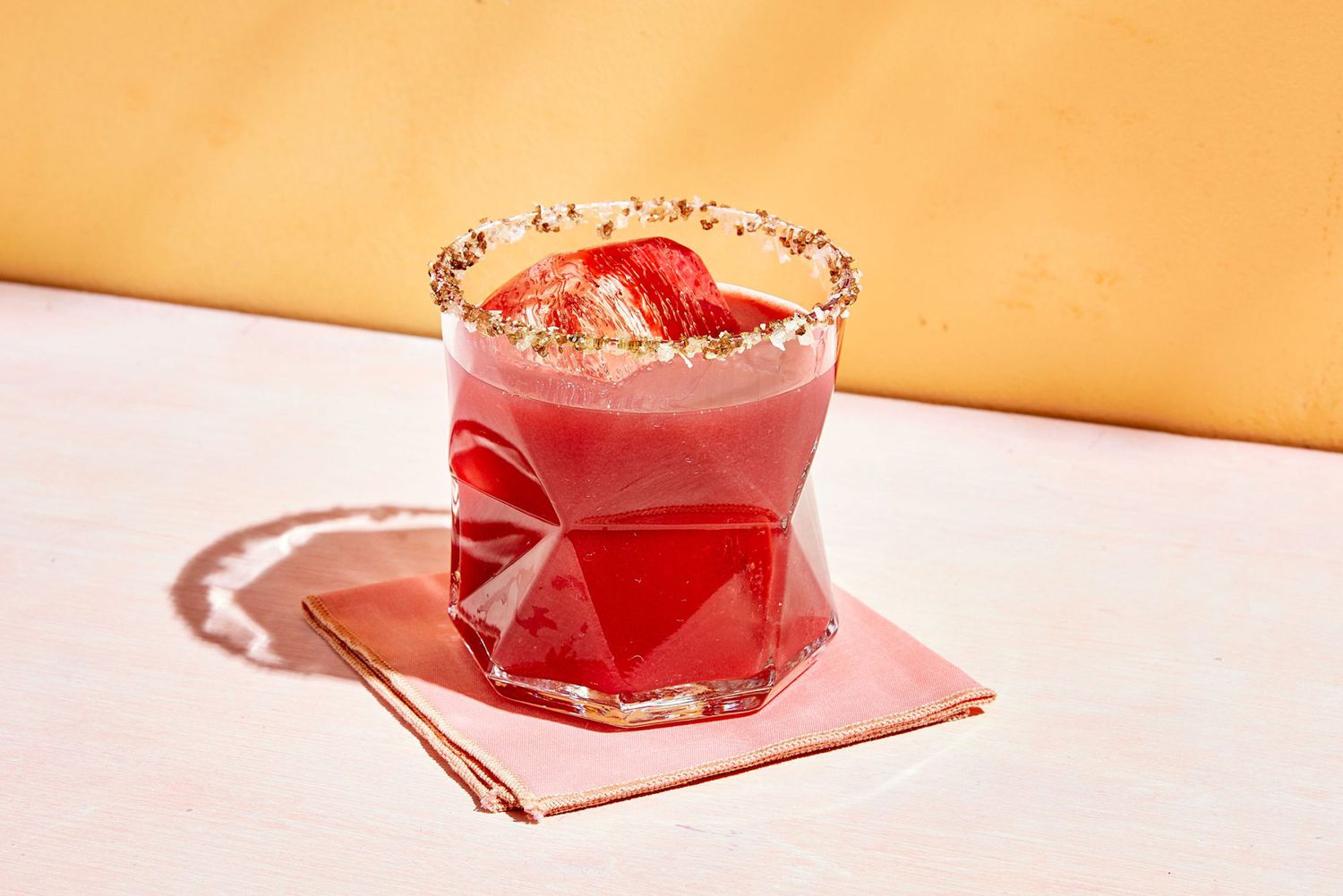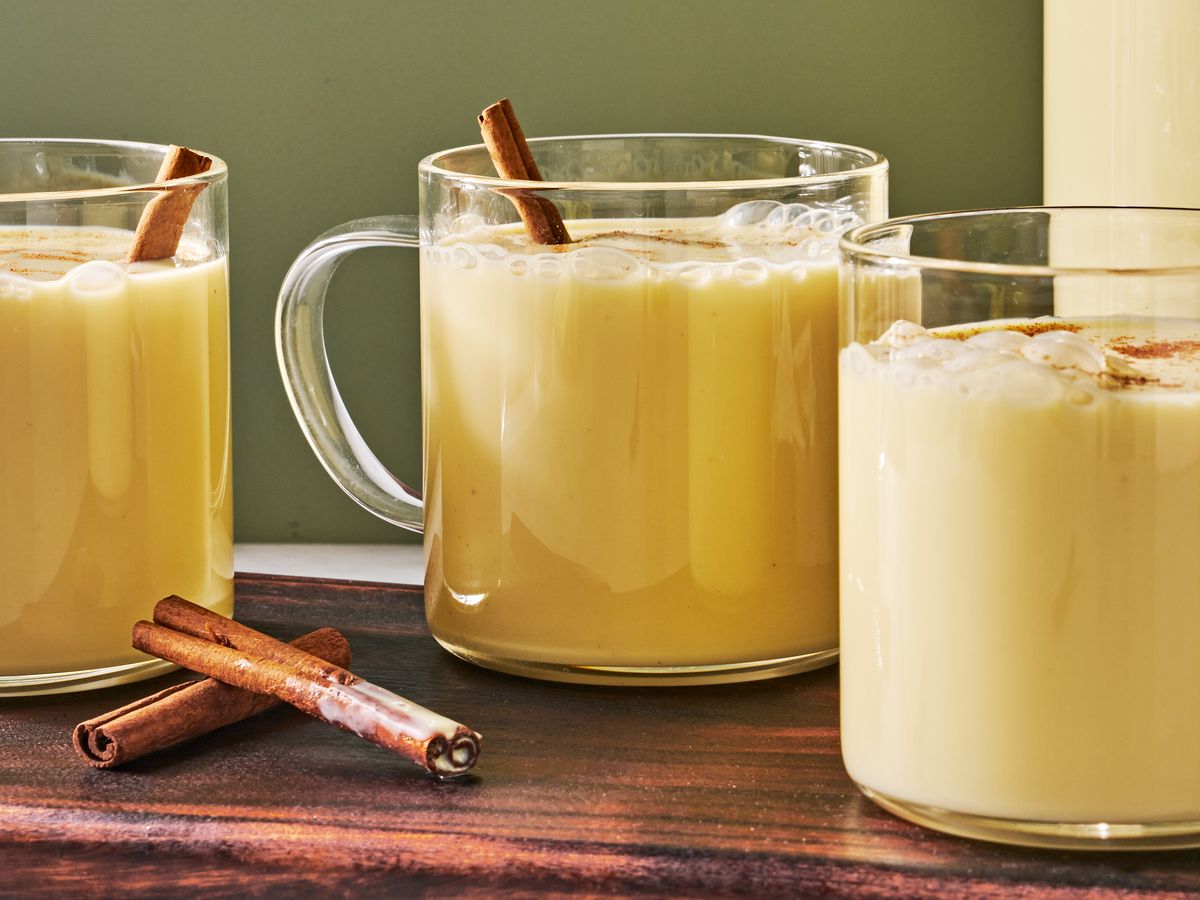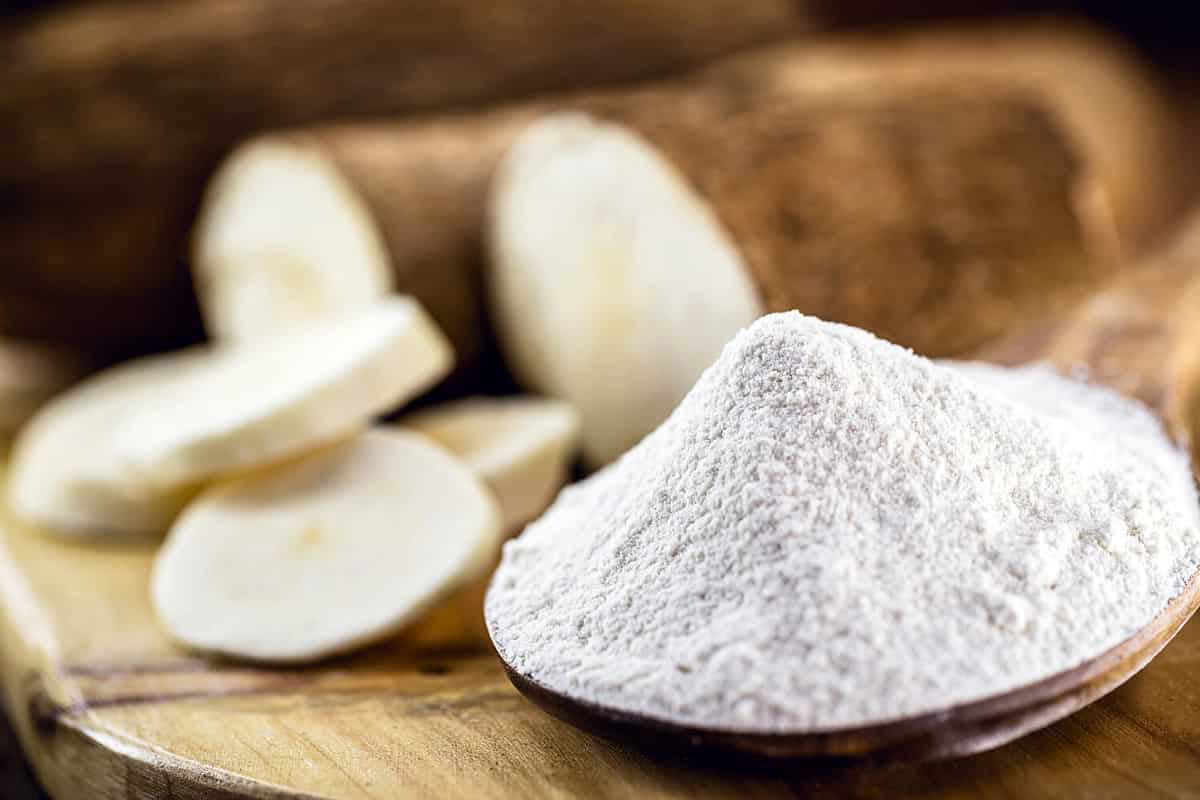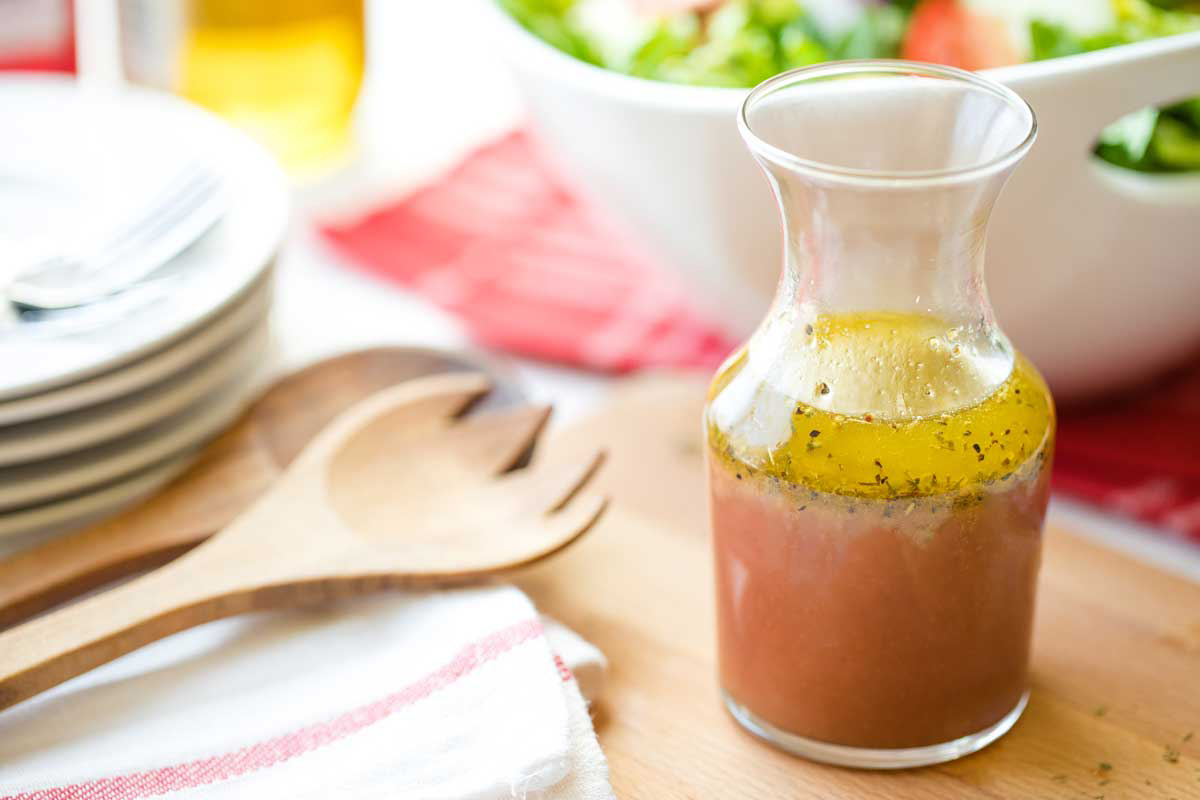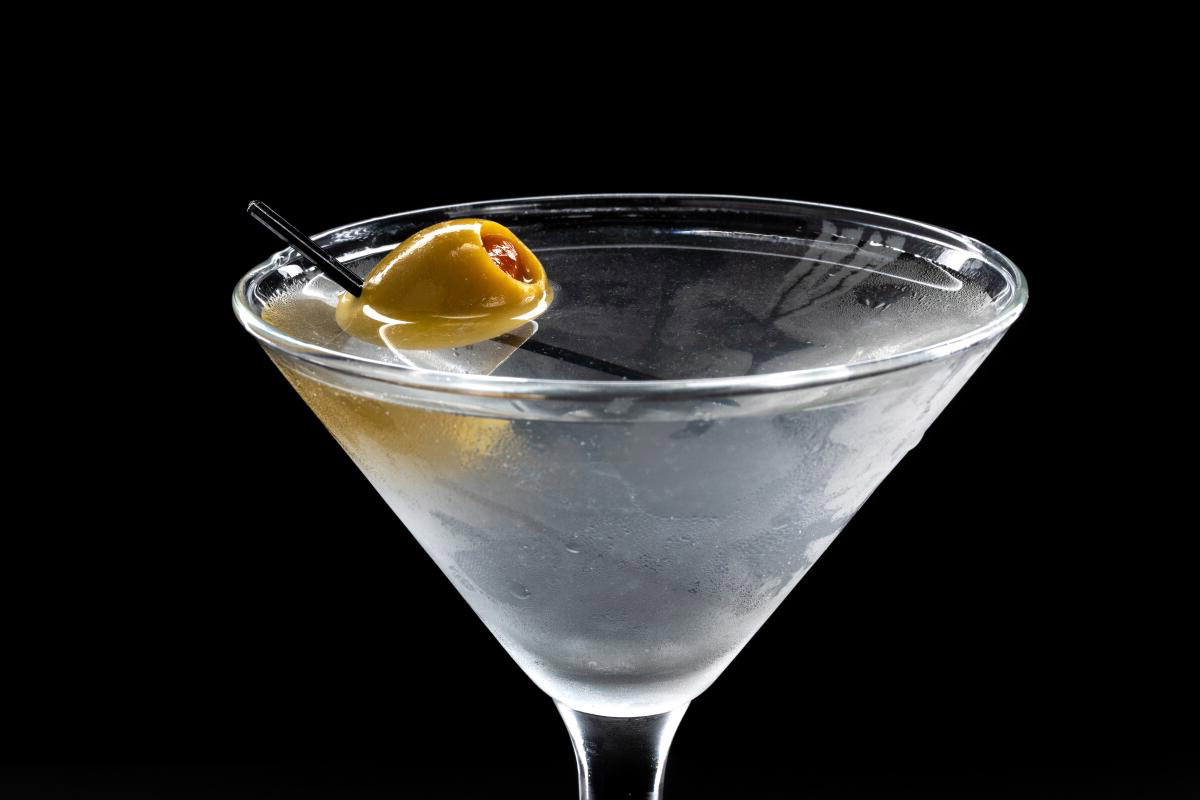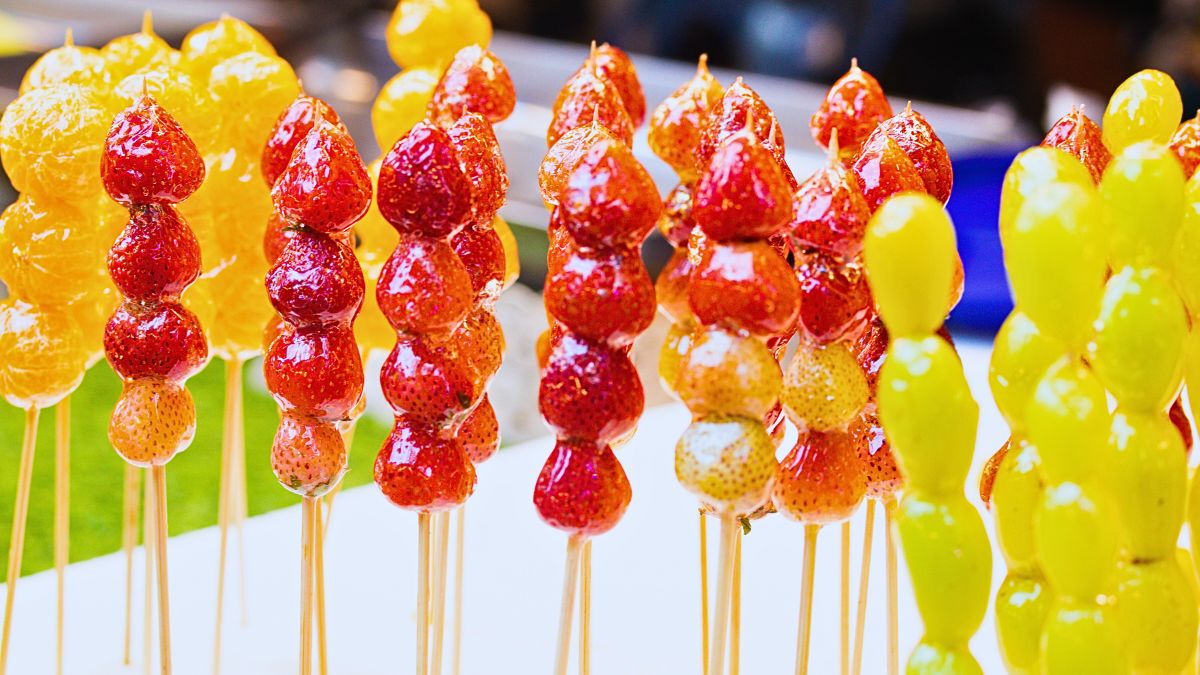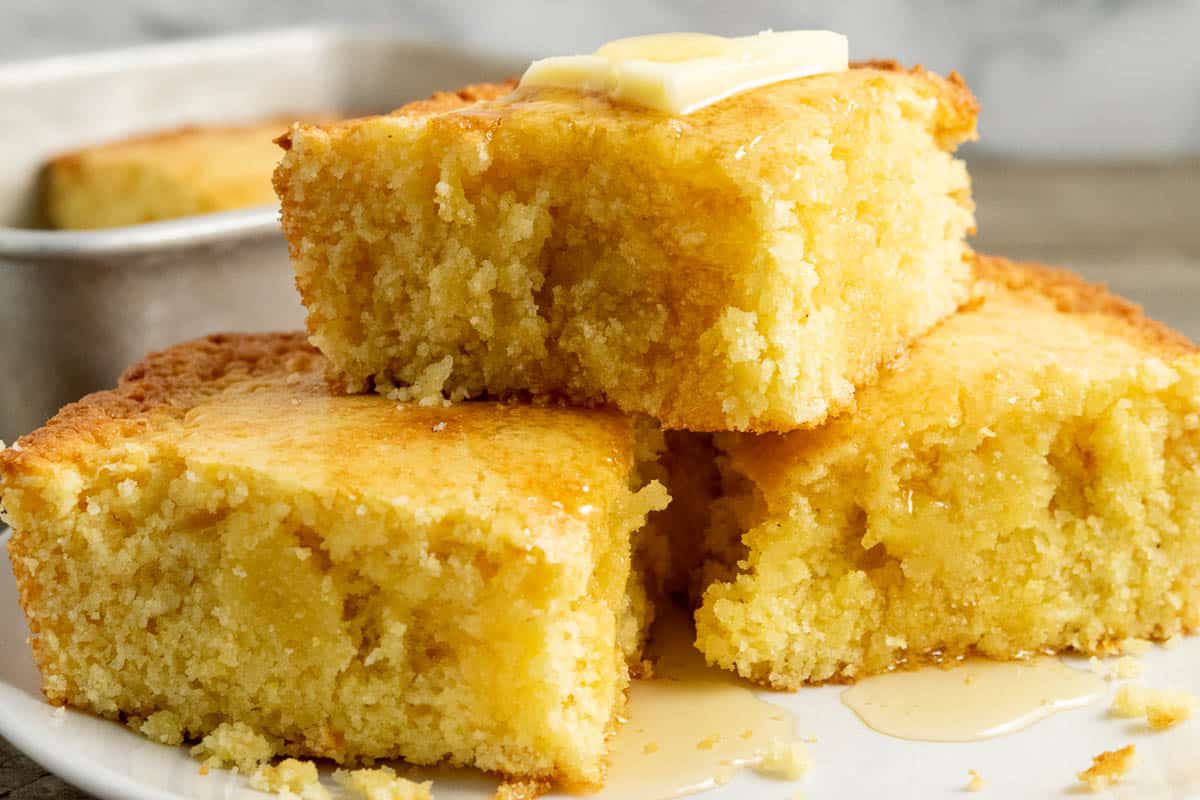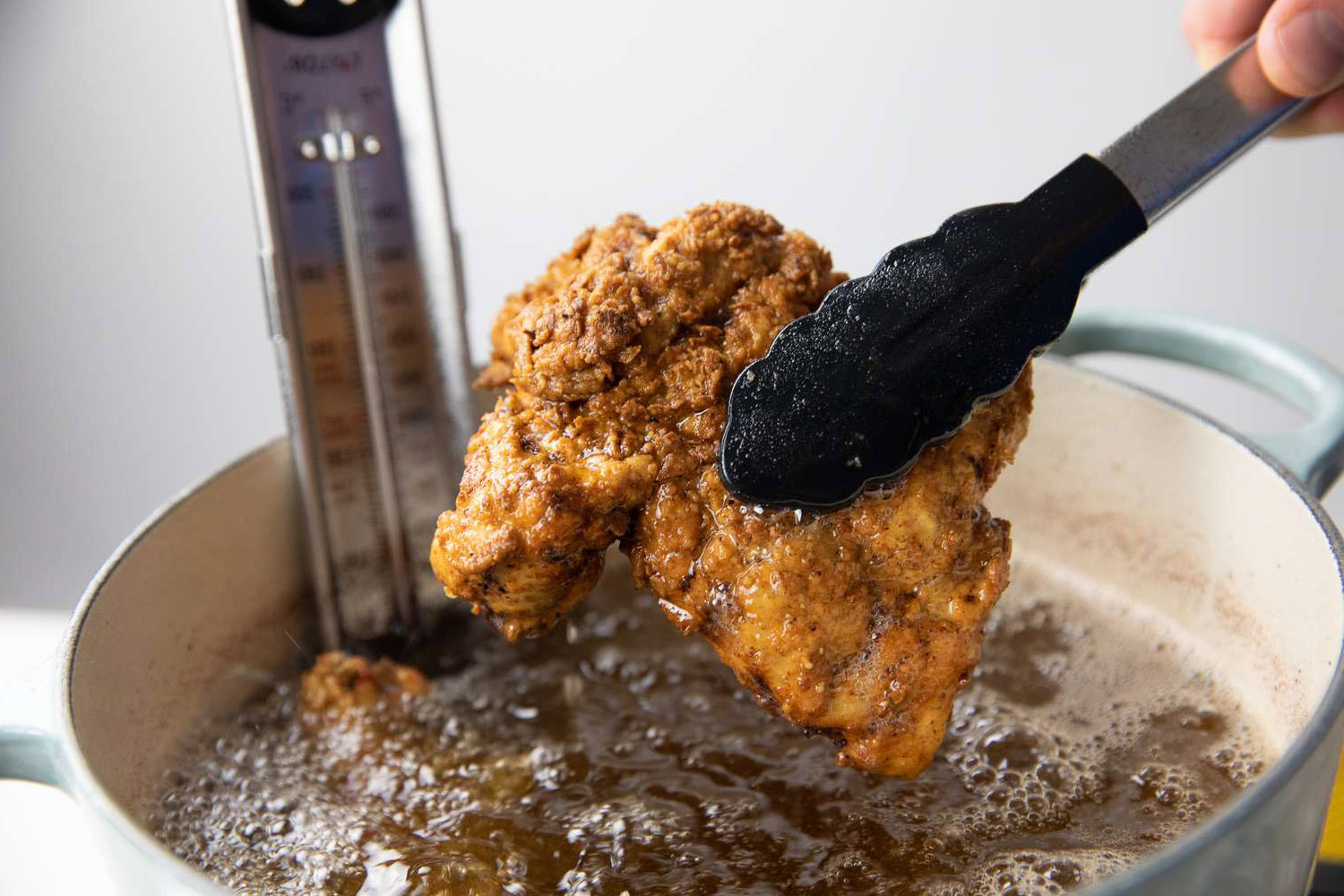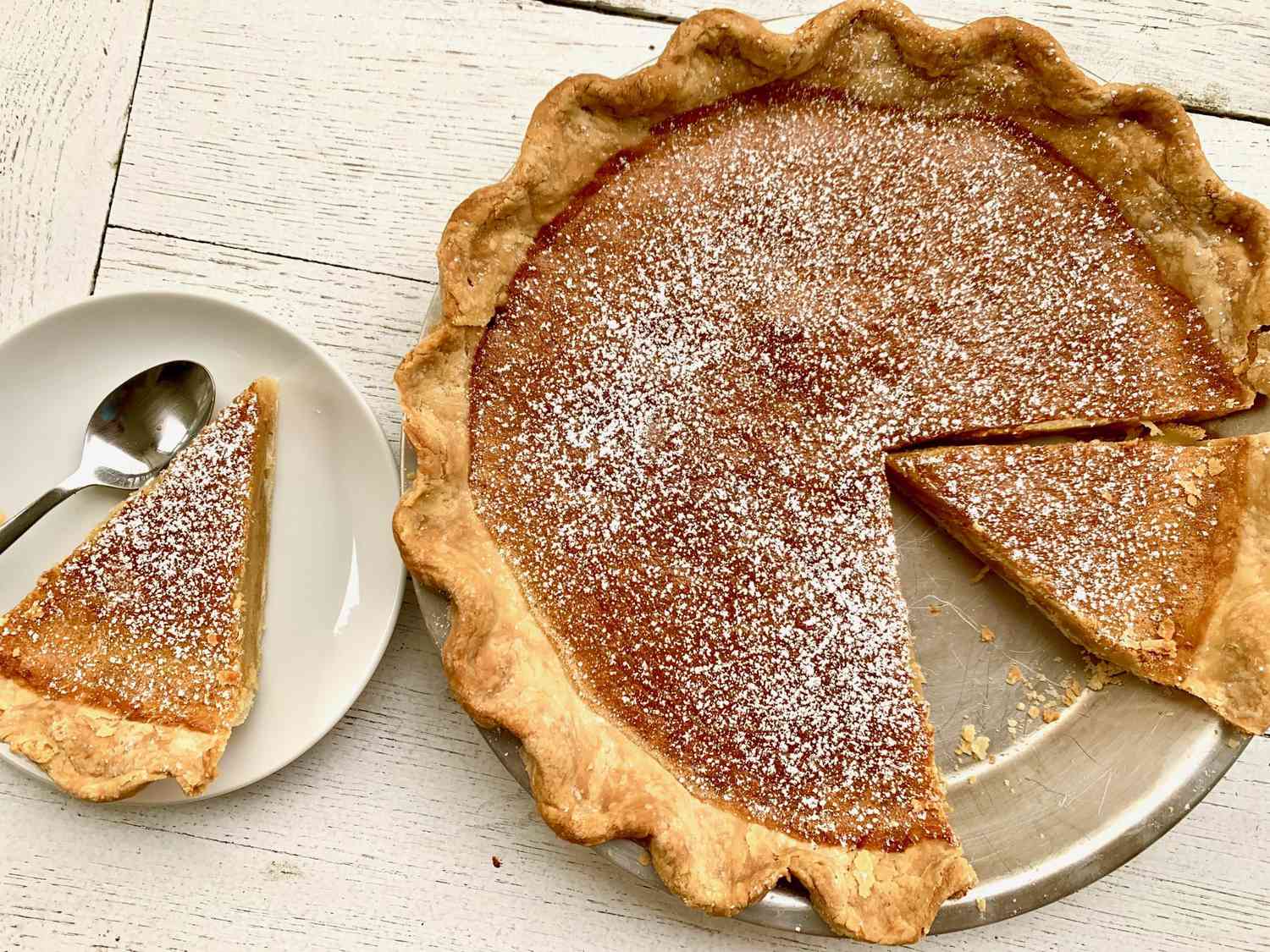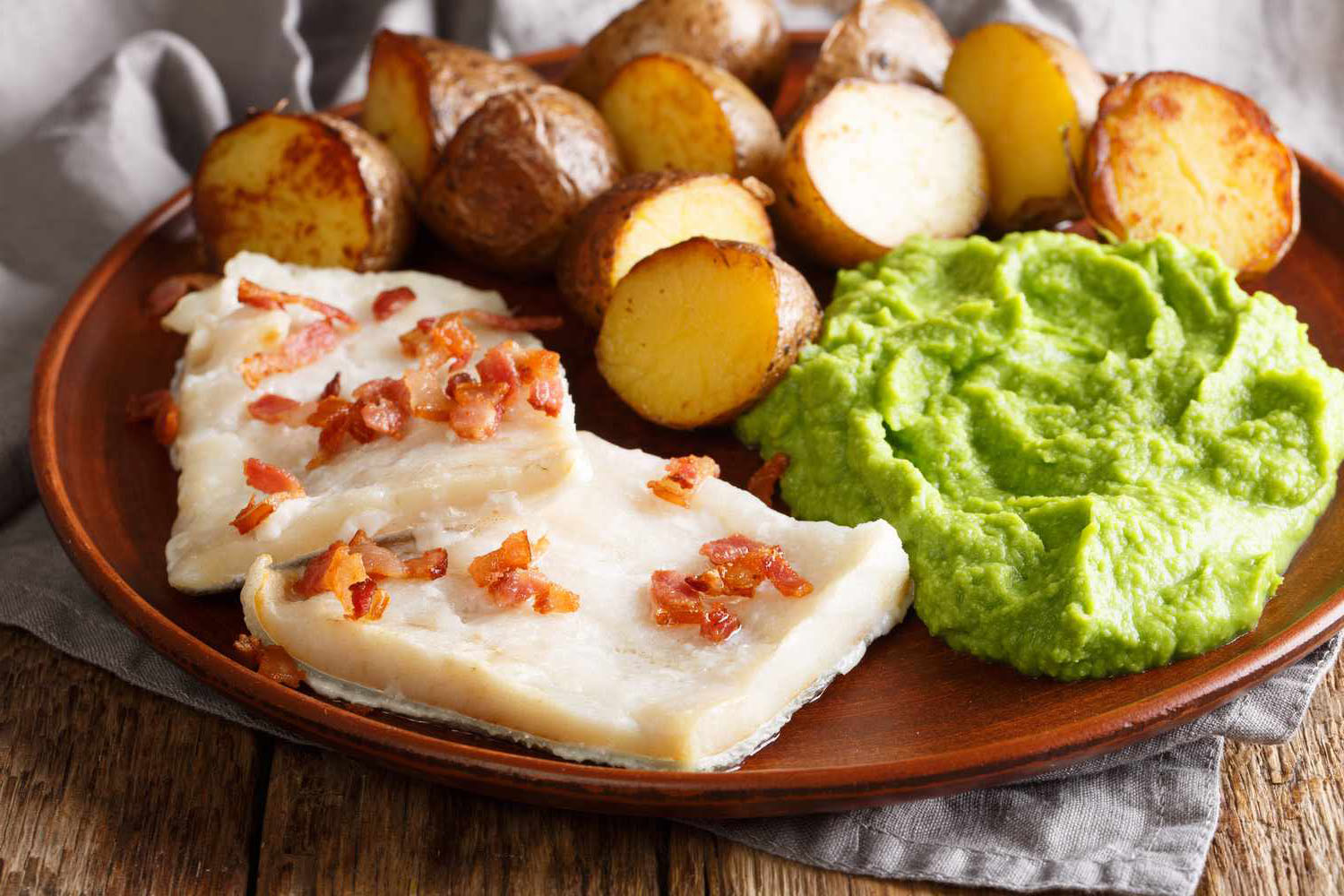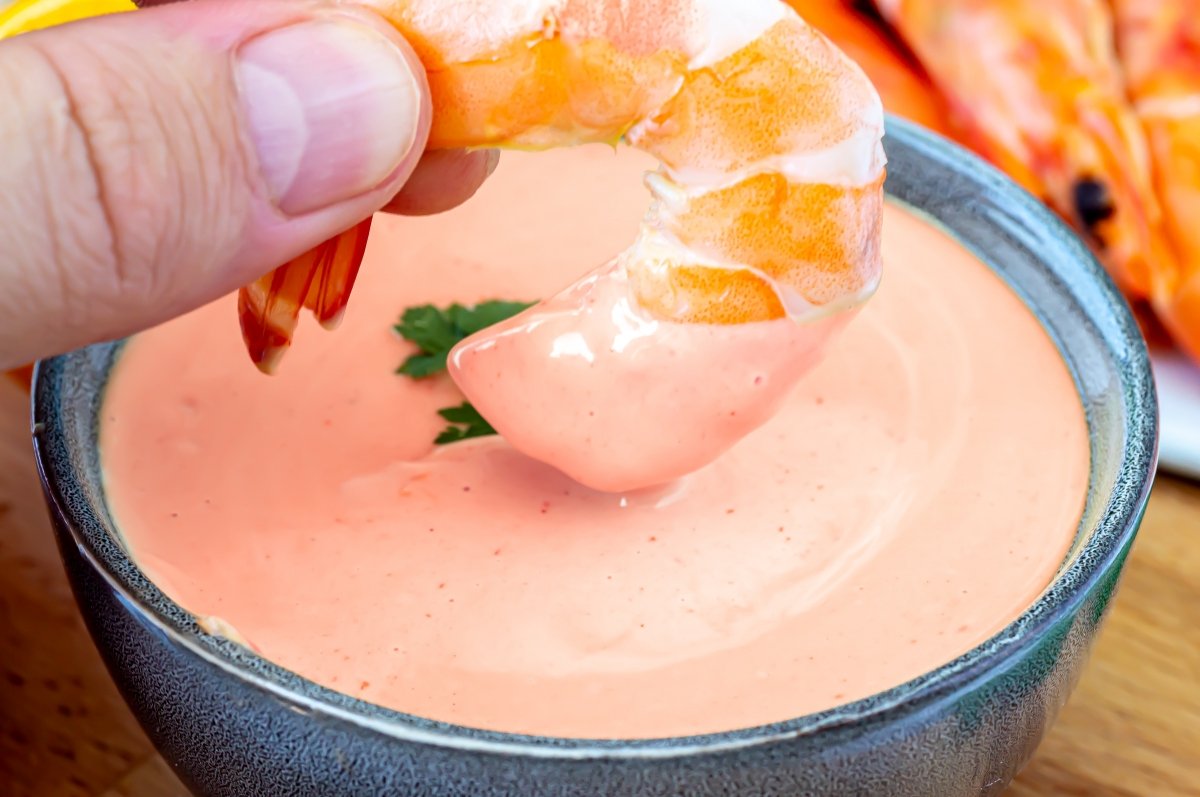Understanding Baking Pans: A Guide for Beginners
So, you’ve decided to try your hand at baking, and now you’re faced with the daunting task of choosing the right tools for the job. One essential item that you’ll need in your kitchen is a baking pan. But what exactly is a baking pan, and why is it so important? Let’s dive in and explore the world of baking pans to help you understand their significance and how to use them effectively.
What Is a Baking Pan?
A baking pan is a versatile kitchen tool used for baking a wide variety of dishes, from cakes and cookies to casseroles and bread. It is typically made of metal, such as aluminum or stainless steel, and comes in various shapes and sizes to accommodate different recipes and baking needs.
The Importance of Using the Right Baking Pan
Choosing the right baking pan is crucial for achieving the desired results in your baking endeavors. The type of pan you use can affect the texture, appearance, and overall success of your baked goods. Here are a few reasons why using the right baking pan is important:
- Even Baking: A good quality baking pan distributes heat evenly, ensuring that your baked goods are cooked to perfection without any hot spots or uneven browning.
- Shape and Size: Different recipes call for specific pan shapes and sizes. Using the right pan ensures that your baked goods turn out as intended, both in appearance and texture.
- Durability: Investing in high-quality baking pans can ensure that they last for years, providing reliable performance for all your baking needs.
Types of Baking Pans
There are several types of baking pans available, each designed for specific purposes. Here are some common types of baking pans:
- Cake Pans: Used for baking cakes of various sizes and shapes.
- Muffin Pans: Ideal for making muffins and cupcakes.
- Cookie Sheets: Perfect for baking cookies, as well as roasting vegetables and other savory dishes.
- Bread Pans: Specifically designed for baking bread loaves of different sizes.
- Casserole Dishes: Great for making savory casseroles and baked pasta dishes.
Tips for Using Baking Pans
Now that you understand the importance of using the right baking pan, here are some tips for using them effectively:
- Grease the Pan: To prevent your baked goods from sticking, it’s important to grease the pan with butter, oil, or cooking spray before adding the batter or dough.
- Follow Recipe Instructions: Always use the type and size of pan recommended in the recipe for best results.
- Avoid Overcrowding: When using multiple pans in the oven, ensure there is enough space between them for proper air circulation.
- Monitor Baking Time: Keep an eye on your baked goods while they’re in the oven to prevent over-baking or burning.
In Conclusion
Understanding the role of baking pans in the baking process is essential for anyone venturing into the world of baking. By choosing the right type of pan and using it effectively, you can elevate your baking skills and create delicious treats for yourself and your loved ones. So, the next time you embark on a baking adventure, remember the importance of the humble baking pan and the impact it can have on your culinary creations.
Was this page helpful?
Read Next: What Is Cholent?
